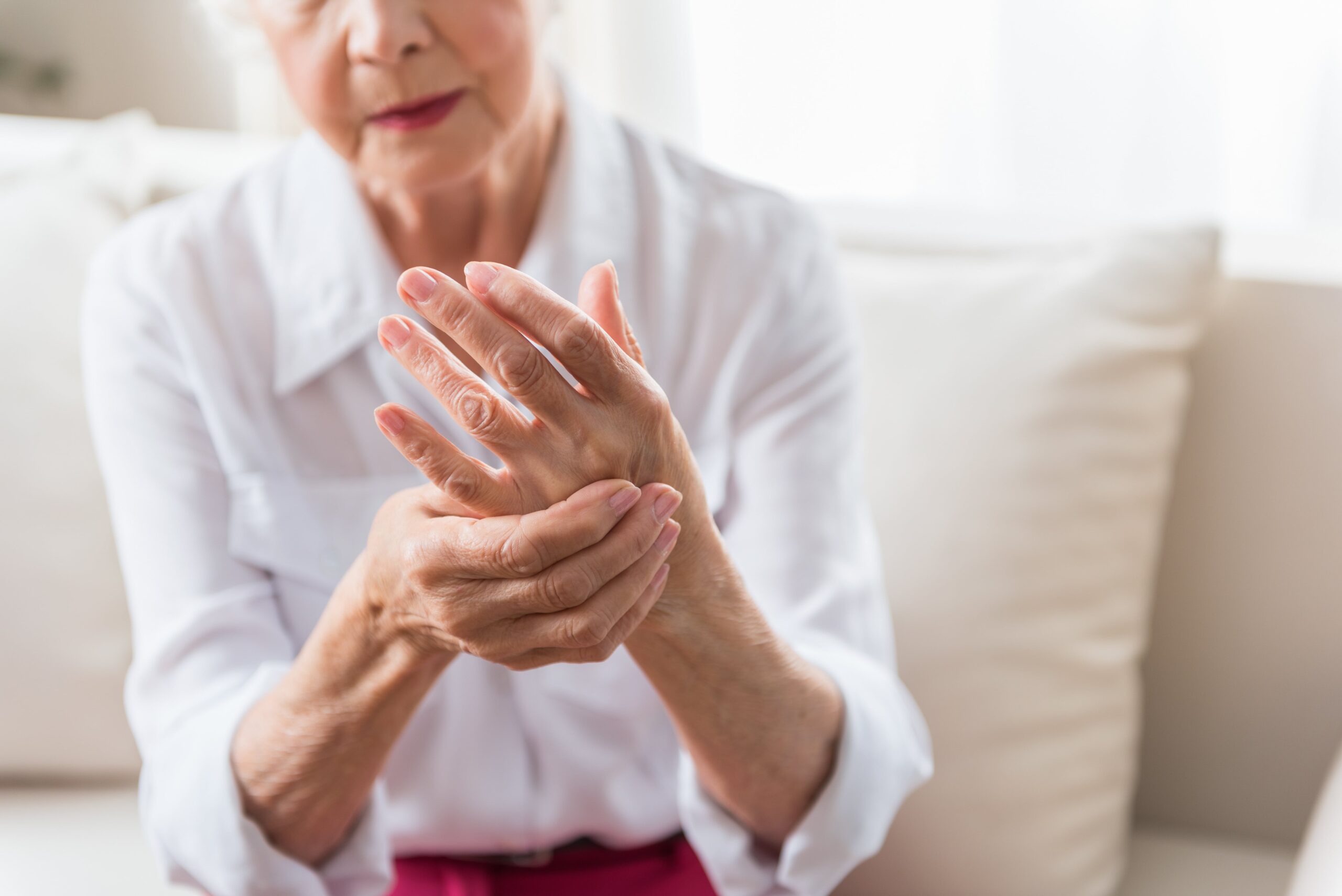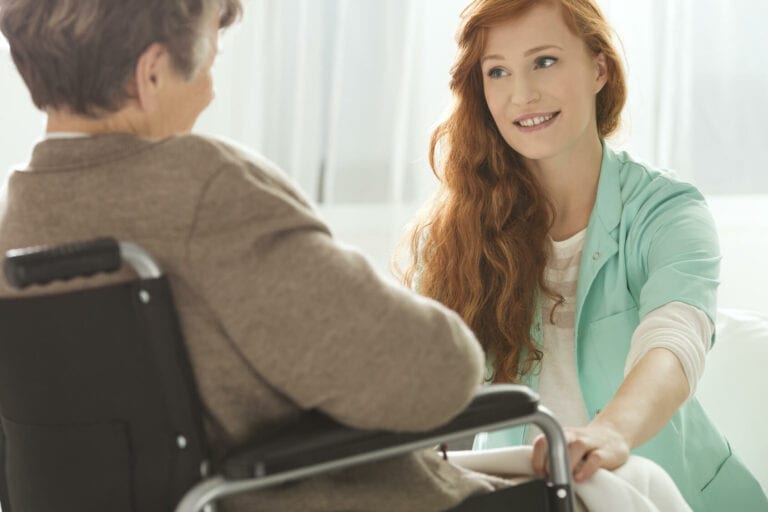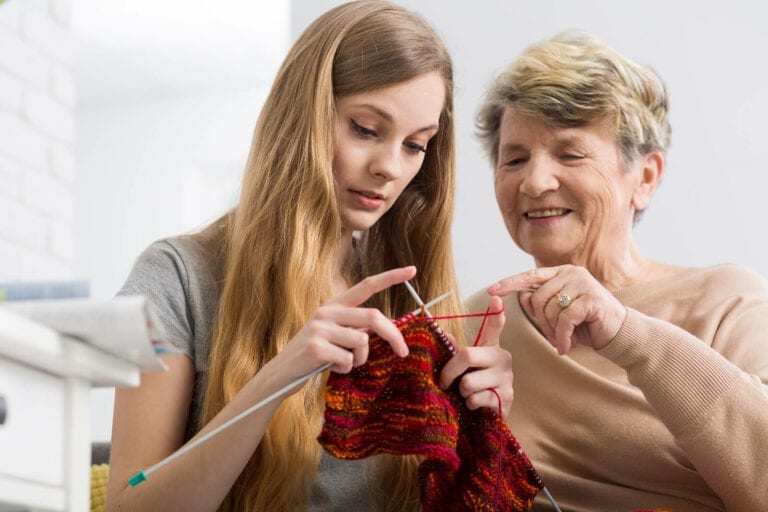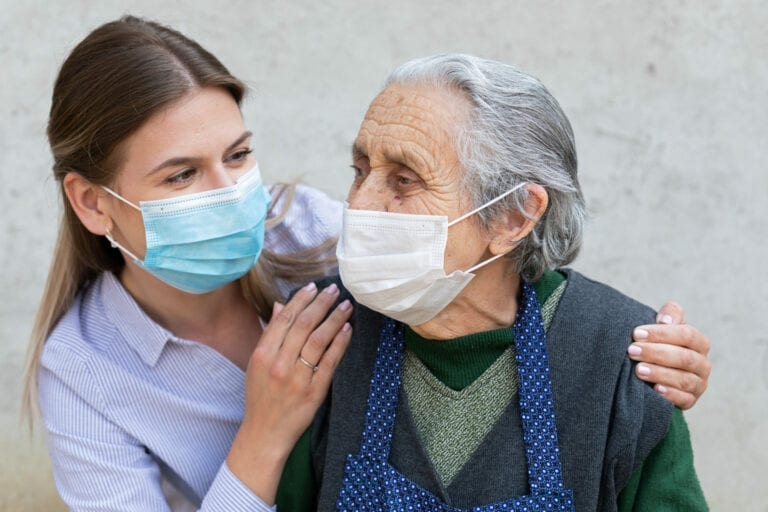Are the areas around your joints sensitive or painful? One of the primary signs of arthritis, along with edema, stiffness, and inflammation in the affected area, is joint pain.
With arthritis affecting 1 in 4 persons in the United States, pain medication might be a useful approach to manage these symptoms at home so you can go about your daily activities. Uncertain about where to begin? A variety of natural arthritis treatments at home may help you manage your other daily symptoms and relieve joint pain. But be sure to talk over any treatments with a doctor to see whether they’re the perfect fit for you.
Here are some of our best recommendations for relieving arthritis pain, including exercises, drugs, and all-natural treatments you can try to help manage your arthritis.
Workout Low Impact to Manage Arthritis
Even while sore joints may discourage you from working out, they might benefit from a little light movement. In actuality, arthritis-related pain and stiffness can be greatly diminished via exercise. The best types of low-impact exercises for arthritis include the following.
Walking
A daily stroll can improve your mobility, get your heart rate up, and get your blood flowing.
Cycling
Cycling around the beautiful outdoors on your bike is an excellent way to get your joints moving. Strive to maintain a relatively fast speed that allows you to carry on a conversation.
Swimming
If you have arthritis in your knees, this may be less taxing on your joints than walking. Nonetheless, it still gives you a full-body workout and widens your range of motion.
Weight training
Your muscles can be strengthened by performing basic weighted workouts twice or three times per week.
Stretching
Stretching and flexing the hands and wrists are easy exercises for people with hand arthritis to do to keep their muscles from wasting away. Consider upgrading your grip strength and fine motor abilities by using a hand arthritis training ball.
Regular exercise can also help you control your weight, which can significantly reduce the symptoms of arthritis by relieving the strain on your joints.
Ask your doctor if you can safely incorporate exercise into your regimen to complement your therapy. If not, how can you?
Practice Yoga and Mindfulness to De-Stress
Stress reduction, mindfulness exercises like yoga, tai chi, and meditation may also provide relief from arthritis pain. Reduced mental stress can also mean less physical stress.
Particularly yoga may be a fantastic at-home treatment for arthritis as;
- Decrease arthritic pain
- Develop strength and balance
- Promote joint flexibility
- Encourage increased physical activity
- Reduce stress and tension
- Enhance sleep quality
You are free to modify the style of yoga you do so that it addresses your specific concerns. You should also think about adjusting particular techniques or poses to accommodate any pain locations, and you should make use of blocks, belts, and chairs wherever necessary.
Integrate More Nutritious Foods Into Your Diet
Your dietary habits may also play a role in the development of your arthritis. There is some evidence that certain meals might both cause inflammation and exacerbate joint discomfort. The following are some common types:
- Dairy
- Meat
- Eggs
- Citrus fruits
- Nuts
- Wheat
- Caffeine
- Alcohol
Your discomfort may be reduced or eliminated if you reduce or eliminate certain foods from your diet. Here are some other ways that a good diet may help people with arthritis:
Vitamin D
Increasing your vitamin D intake helps improve bone health and may assist to reduce inflammation. Fatty fish, including salmon, tuna, and mackerel, is one of the best food sources of vitamin D.
Anti-inflammatory foods
Try eating less processed food and more whole foods to adopt an anti-inflammatory diet.
Switching to a plant-based diet
Diets based on plants are frequently low in fat and high in fiber, which may aid in controlling weight and reducing inflammation.
Attempt Acupuncture for Arthritis Pain Relief
Acupuncture treats arthritis naturally. This ancient Chinese therapy restores energy flow (qi) by inserting small needles at trigger points. How might acupuncture help arthritis?
Well-placed needles may activate pain-relieving molecules. Endorphins and cortisol may alleviate pain and inflammation.
A professional and skilled acupuncturist can help you try acupuncture for arthritic discomfort. Your doctor may suggest one.
Including Massage Treatment.
Muscle relaxation is also beneficial. In 2020, 25% of Americans used massage to manage discomfort. Does this help arthritis? Monthly massages may provide natural arthritis relief by:
- Reduce stress
- Ease pain around the joints
- Increase blood flow
- Bring warmth to the surrounding muscles
Ask your doctor for further information on using massage therapy to manage arthritis pain before you schedule a session. Afterward, you may make sure that the fashion you select supports your treatment strategy.
Use Hot/Cold Treatment for Temporary Relief
Your joints may occasionally feel more painful than normal. In that case, applying heat or cold therapy could provide you with some momentary pain relief.
Hot Therapy
By administering moist or dry heat to the affected areas, you can reduce arthritis discomfort and release your joints. Your blood vessels expand as the joint heats up, improving blood and oxygen circulation.
You might attempt the following well-liked heat therapy techniques:
- Soaking in a warm bath
- Taking a steamy shower
- Applying a heated pad or compress to the joint
- Sitting in a sauna
Cold Therapy
Cold therapy may also lessen the discomfort and swelling associated with arthritis. In contrast to its heated cousin, cold therapy lowers blood flow to lessen inflammation.
You may already have some of these straightforward products at home for cold therapy on your joints:
- Ice or frozen gel pack
- A bag of frozen vegetables
- With a damp towel, you can freeze
Quit smoking to ease pain and stress
Smoking damages joints and weakens connective tissue, increasing your risk of lung disease and cancer.
Since rheumatoid arthritis is environmental, smoking is a risk factor.
Smokers with osteoarthritis also lose more cartilage than non-smokers, probably because pollutants and high carbon monoxide levels impair cartilage repair. To relieve stress and suffering, quit smoking.
Home Care Near Me Let’s Get Started!
Get Immediate Help with Information, Costs & Payment Options.







